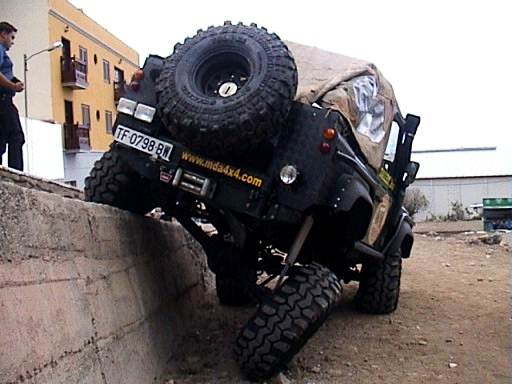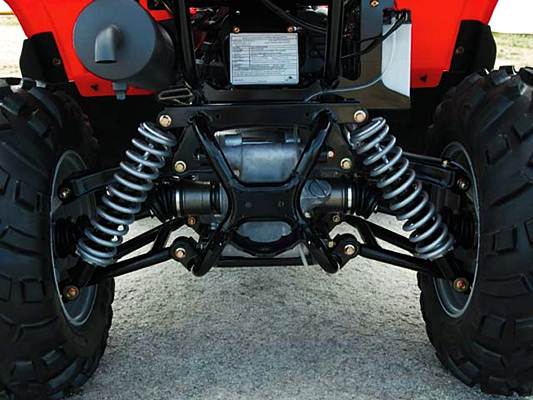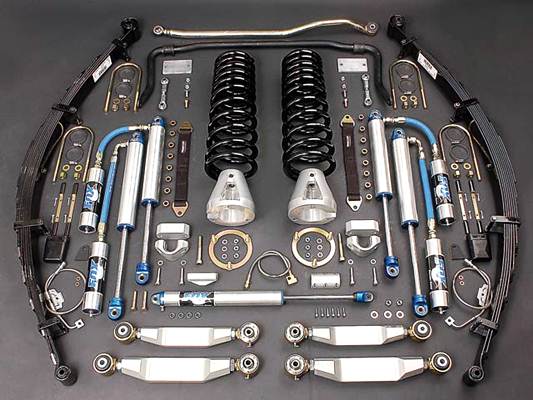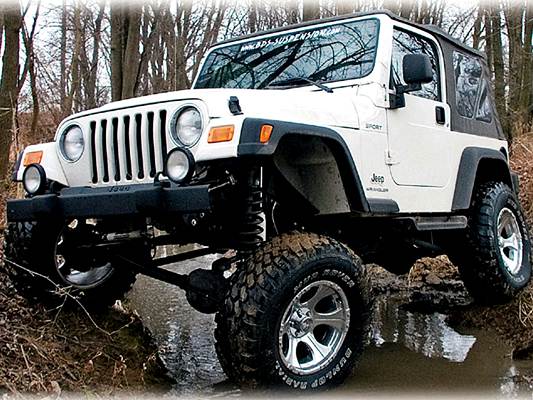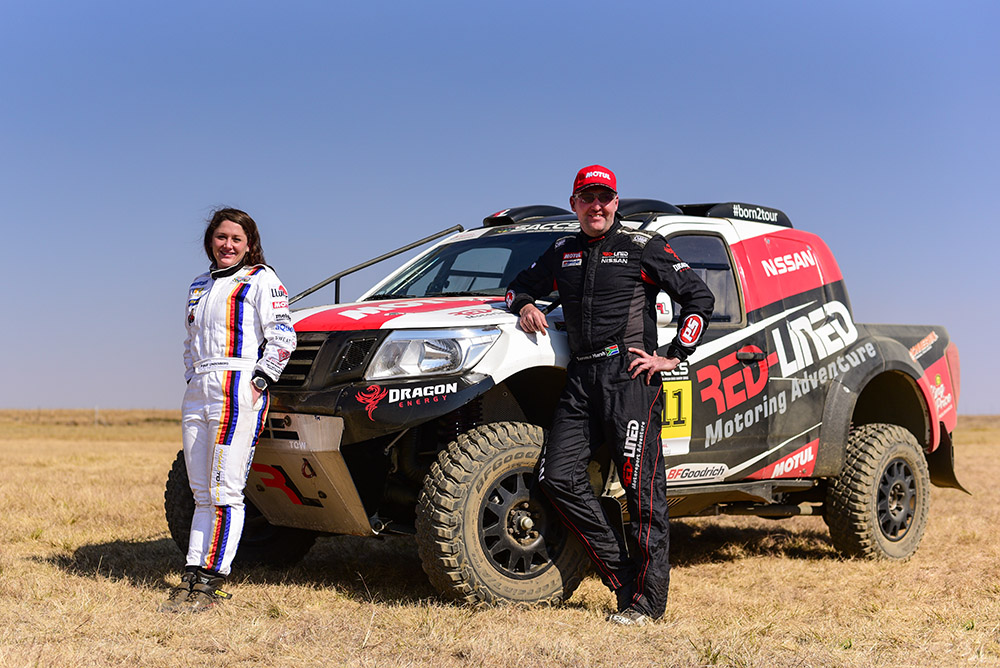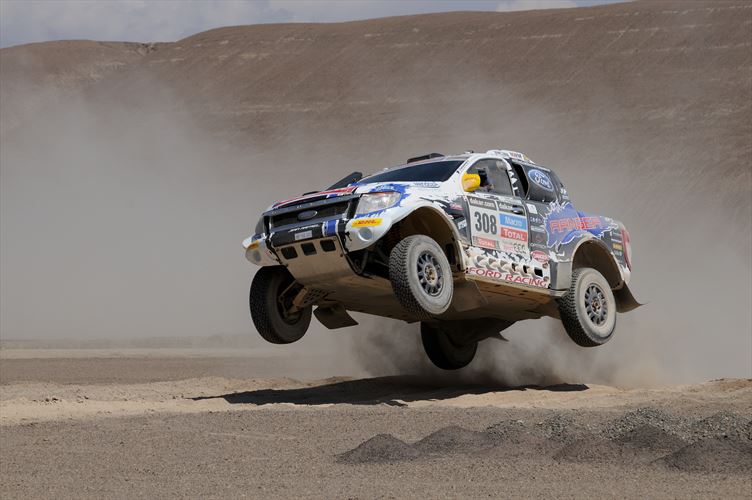With Jake Venter
What exactly does suspension do? It is designed to improve the vehicle’s ride comfort, isn’t it?
It’s not quite as simple as that, says Jake Venter. It also plays an important role in safety and drivability. And, coming up with the correct suspension settings for a vehicle can be quite tough.
A vehicle’s suspension does a lot more than just attach the wheels to the car. The various links also have to ensure that the wheels follow their designated paths as they move up and down. The springs have to absorb the road shocks and the dampers have to ensure that the springs return to a neutral position soon after they’ve started bouncing.
The Best Suspension
Slow speed off-road motoring requires fairly soft springs and large wheel movements to keep the wheels on the ground as much as possible. High-speed cornering is improved by fitting stronger springs and limiting wheel movement, so that on most vehicles the suspension layout is a compromise.
Springs
Most suspension systems employ either coils, torsion bars or leaf springs. Leaf springs are still used at the rear of most one-ton bakkies because they’re relatively simple, strong and cheap. The spring unit acts as a linkage for the axle, making separate locating linkages unnecessary, but auxiliary ones are sometimes fitted to prevent the springs from twisting under acceleration and braking torque.
Coil springs are employed at the rear of some vehicles, and are even more common at the front. They have very little internal damping, but a telescopic damper is often fitted inside the coil. In this case, it is called a strut. If a front wheel is able to swivel around the strut axis, it is called a MacPherson strut. Torsion bars are effectively coils that have been straightened so that they take up very little space. The front suspension on some Isuzu and Toyota 4×2 bakkies is fitted with coils, while the 4×4 versions have torsion bars because the coils would be in the way of the front drive shafts. Torsion bars can often be adjusted easily to vary the front ride height.
Dampers
When I was an apprentice, I got the chance to drive a car from which the dampers had been removed, and it was a very instructive experience. I found that during braking and accelerating the car crawled sideways because the tyres had no grip. They bounced up and down most of the time. This showed that these units were there not just to improve comfort levels, but also to improve wheel grip during braking and accelerating. The motor trade tests dampers in a number of different ways.
Pushing the car down at each corner and looking at the resulting bounce is useless, because it cannot be done fast enough to give meaningful results. Some of their so-called test machines are not much better, because their results are based on average response times, which may be wrong for a specific vehicle.
The best test, apart from removing the unit and putting it on a shock absorber test stand, is to drive the car on the road. If you accelerate hard on a bumpy uphill section, the wheels should bounce very little and the movement should be controlled. The car should keep going straight without needing any correction. if you have to slow down, or make steering corrections, the shock absorbers need attention. Even when they are new, dampers sometimes make a squishing or thumping sound when going over a bump, because the fluid inside is forced through very small valves. This is normal.
A scraping sound usually means that a rod is scored, and a heavy knock may mean that something is broken. Dampers and MacPherson struts should be replaced two at a time, because the new one is bound to be better than the one you haven’t replaced, and this will result in uneven suspension movement.
